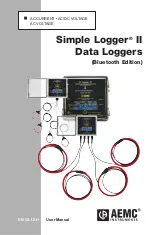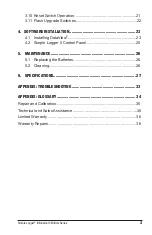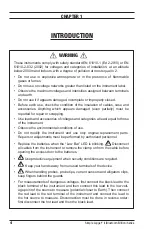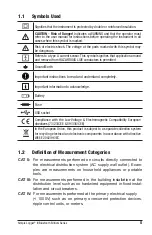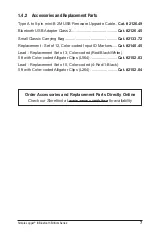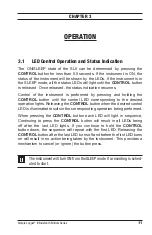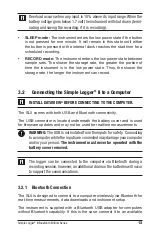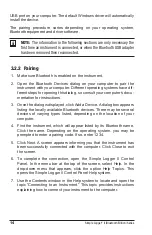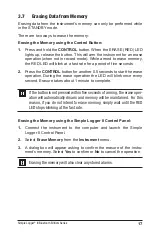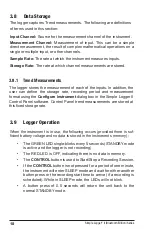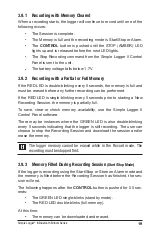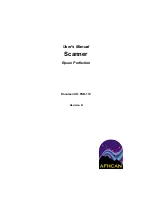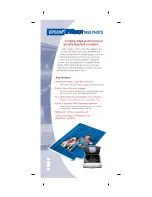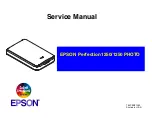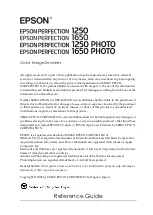
4
Simple Logger
®
II (Bluetooth Edition) Series
CHAPTER 1
INTRODUCTION
WARNING
These instruments comply with safety standard EN 61010-1 (Ed 2-2010) or EN
61010-2-032 (2002) for voltages and categories of installation, at an altitude
below 2000m and indoors, with a degree of pollution at most equal to 2.
• Do not use in explosive atmosphere or in the presence of flammab
le
gases or fumes.
• Do not use on voltage networks greater than
listed on the instrument label
.
• Observe the maximum voltages and intensities assigned between terminals
and earth.
• Do not use it if appears damaged, incomplete or improperly closed.
• Before each use, check the condition of the insulation of cables, case and
accessories. Anything which appears damaged (even partially) must be
reported for repair or scrapping.
• Use leads and accessories of voltages and categories at least equal to those
of the instrument.
• Observe the environmental conditions of use.
• Do not modify the instrument and use only original replacement parts.
Repairs or adjustments must be performed by authorized personnel.
• Replace the batteries when the “Low Bat” LED is blinking.
Disconnect
all cables from the instrument or remove the clamp on from the cable before
opening the access door to the batteries.
•
Use protective equipment when security conditions are required.
•
Keep your hands away from unused terminals of the device.
•
When handling probes, probe tips, current sensors and alligators clips,
keep fingers behind the guards
• For measurements of dangerous voltages, first connect the black lead to the
black terminal of the instrument and then connect this lead to the low volt-
age point of the source to measure (potential closer to Earth). Then connect
the red lead to the red terminal of the instrument and connect the lead to
the hot source to measure. Disconnection must be done in reverse order:
first disconnect the hot lead and then the black lead.

